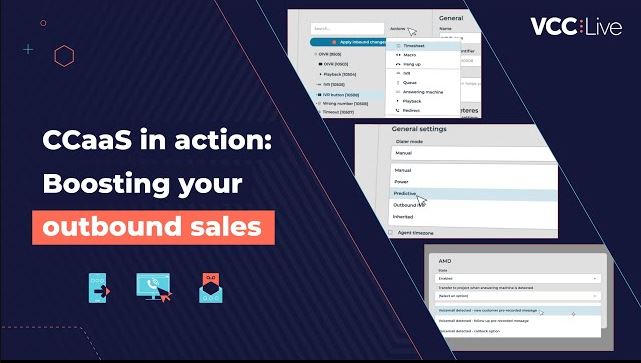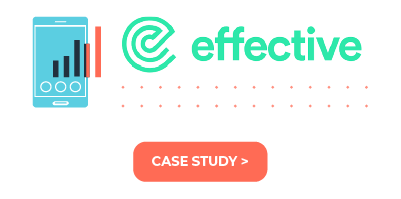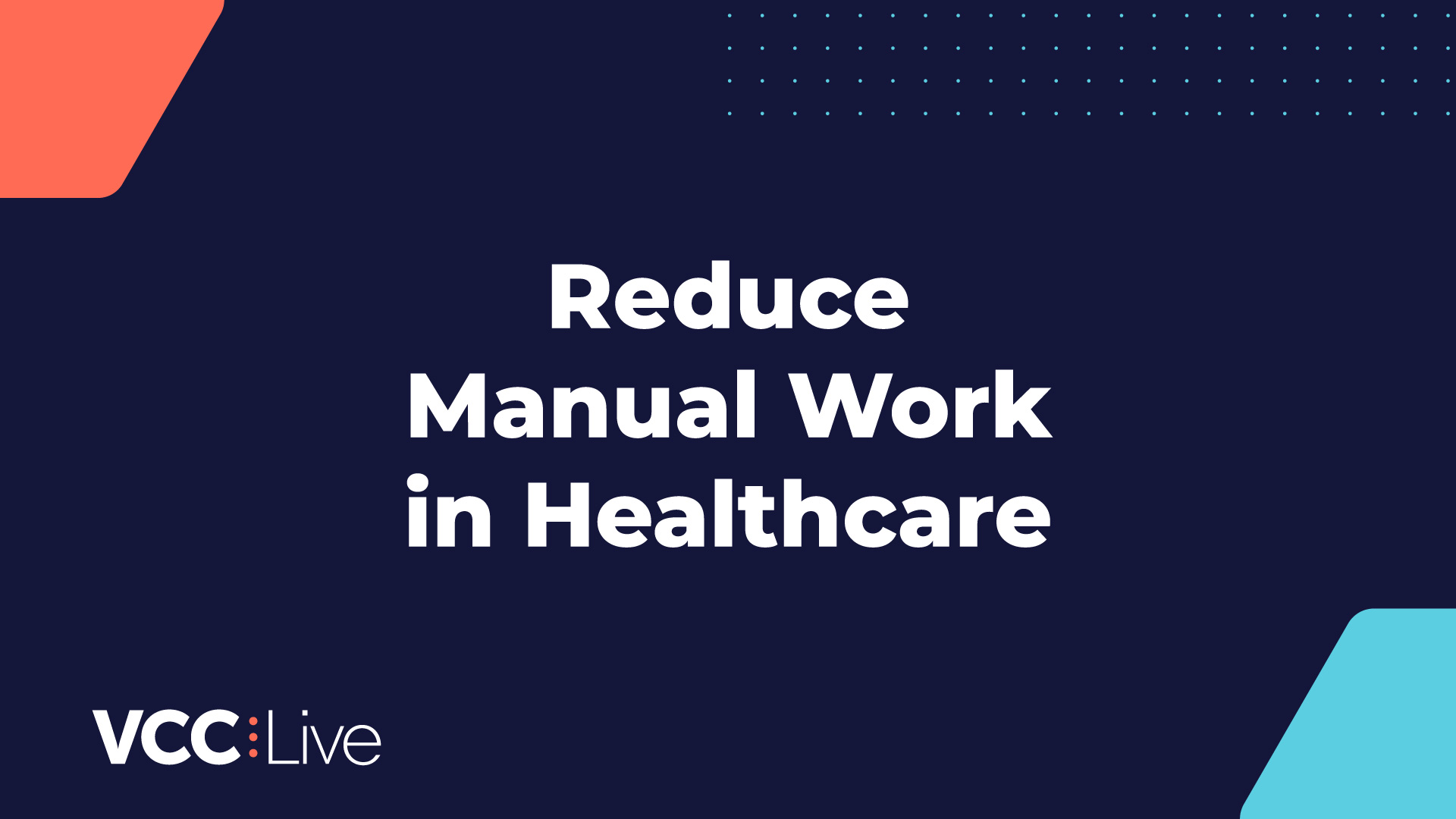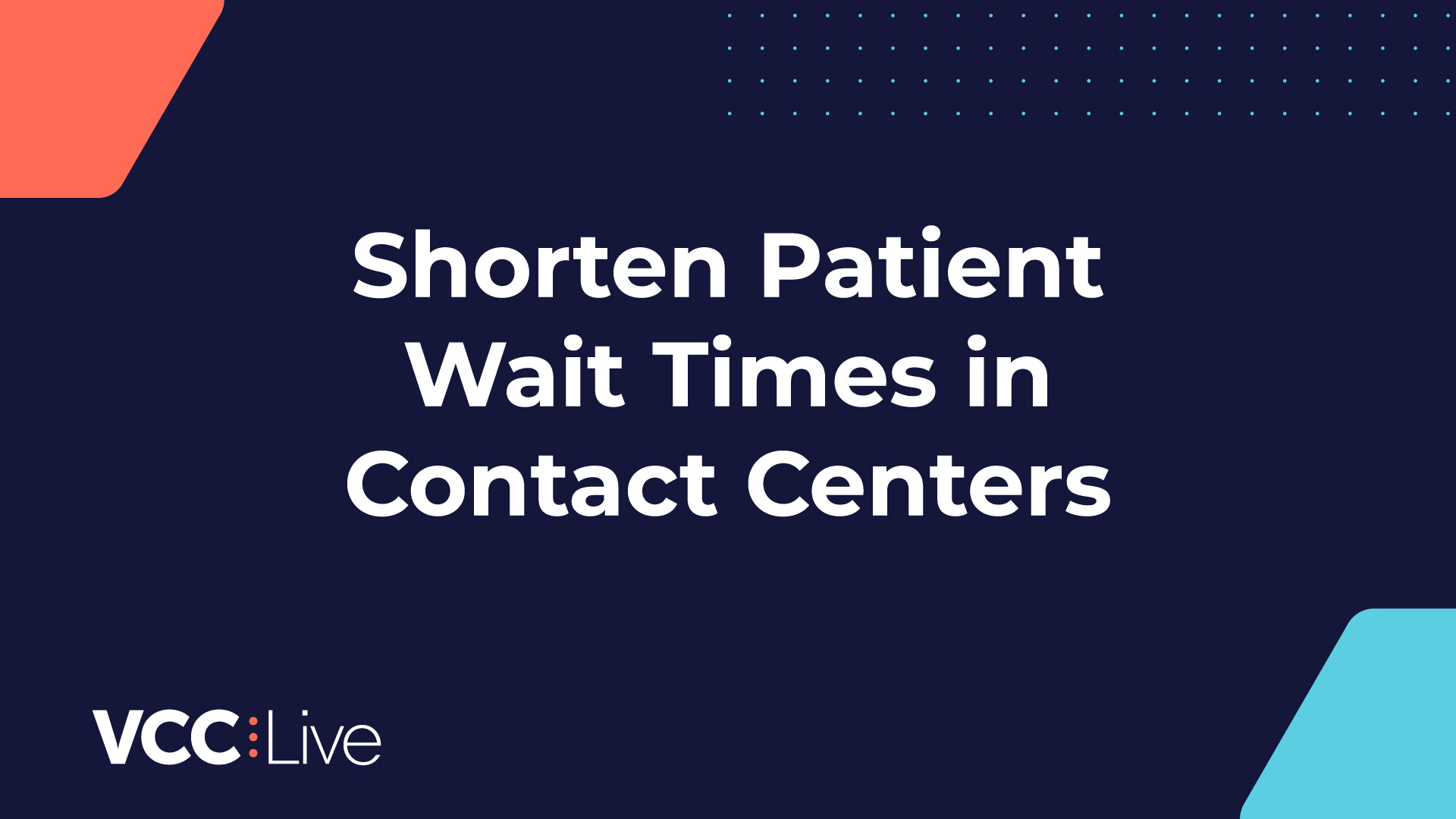Healthcare contact centers handle a long list of simple, repetitive tasks every day. Each task feels small on its own, but together they take hours that agents could spend helping patients who actually need a conversation.
Let’s look at where manual work slows teams down and how the right automation can fix it.
The volume of manual work in healthcare contact centers
Most clinics still rely on agents to handle tasks that follow the exact same steps every time. These tasks are essential, but they consume most of the day and keep teams from focusing on patient issues that require judgment and empathy.
Appointment confirmations
Agents spend hours confirming visits that patients already expect. This is predictable work that doesn’t require a human conversation.
Post-discharge check-ins
Many clinics call patients after a procedure or hospitalization. These check-ins follow a script and rarely require customization.
Refill reminders
Medication refill reminders are high volume but low complexity. They often require one message or one simple confirmation.
Lab results notifications
Patients want to know when their results are ready. Agents often repeat the same information over and over.
All of these tasks matter, but they take time away from complex cases, frustrated patients, or urgent clinical needs.
The impact of manual work on staff performance
Repetitive tasks look harmless, but they add up. Over time they affect accuracy, morale, and retention.
Human error increases with repetition
When agents perform the same task hundreds of times, the chance of skipping a step, misclicking, or recording something incorrectly rises.
Staff fatigue slows everything down
Fatigue comes from monotony. When the day is filled with predictable tasks, energy drops and the entire workflow becomes slower.
Morale declines
Agents want to help patients, not act as a constant reminder service. Repetitive work makes the job feel less meaningful.
Turnover rises
High-volume manual tasks contribute to burnout. If the work feels draining and unvaried, people leave faster, which creates hiring and training costs for the clinic.
What automation should handle, and what humans still do best
Automation isn’t meant to replace agents. It serves to remove tasks that don’t require human judgment.
Routine tasks belong to automation
Anything that follows a consistent pattern or script can be automated. Examples include:
- sending appointment confirmations
- delivering reminders
- notifying patients about lab result availability
- collecting simple yes or no responses
Automation makes these workflows faster and more reliable.
Complex cases still need human attention
Real conversations with agents are essential when:
- patients have questions
- clinical issues are unclear
- instructions need clarification
- emotions or concerns come up
Humans handle nuance. Machines handle repetition. When both roles are clear, teams work faster and patients get better support.
How VCC Live automation improves team performance
VCC Live gives clinics the tools to automate scheduling tasks, reminders, and follow-up work so agents can focus on conversations that matter.
Automated outbound
Send reminders, confirmations, and notifications automatically through SMS, email, social media, chat apps, or IVR depending on urgency and patient preference. This keeps the workflow moving without manual effort.
IVR workflows
IVR can guide patients through simple actions like confirming an appointment, rescheduling, or checking basic information. This reduces repetitive inbound calls and helps patients get answers faster.
Templates and scripts
Agents can use pre-built templates and call scripts for common requests. This keeps responses consistent and reduces the chance of missing key information.
Queue-based distribution of follow-up tasks
Tasks are automatically assigned to the right queues based on priority and type. This helps supervisors keep workloads balanced and ensures urgent follow-up tasks don’t fall through the cracks.
Automate your workflow and give your team their time back
Repetitive tasks slow everyone down, but they don’t need to. With automation in place, agents can focus on conversations that require skill, empathy, and clinical understanding. Clinics save time, reduce operational costs, and improve patient experience.
If you want to see how automation fits into the broader list of healthcare contact center challenges, read: 5 Common Problems Healthcare Contact Centers Face and How To Solve Them.
Ready to see how VCC Live helps clinics simplify workflows and support their teams?
👉 Book a free demo: https://vcc.live/contact-us/


















